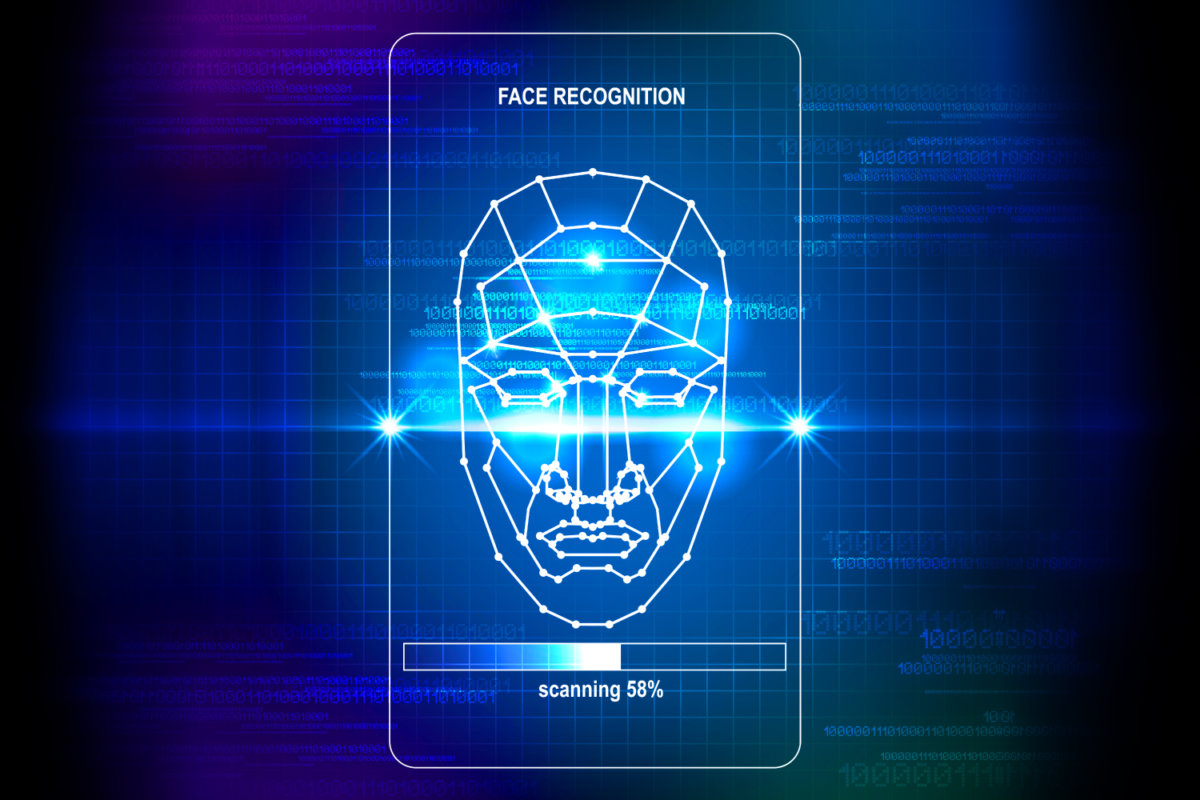摘要: Facial recognition is becoming more accurate, but some systems exhibit racial bias and some uses of the technology are controversial

▲圖片標題(來源:Thinkstock )
Can Big Brother identify your face from street-level CCTV surveillance and tell whether you’re happy, sad, or angry? Can that identification lead to your arrest on an outstanding warrant? What are the odds that the identification is incorrect, and really connects to someone else? Can you defeat the surveillance entirely using some trick?
On the flip side, can you get into a vault protected by a camera and facial identification software by holding up a print of an authorized person’s face? What if you put on a 3-D mask of an authorized person’s face? Welcome to face recognition — and the spoofing of facial recognition.
What is face recognition?
Face recognition is a method for identifying an unknown person or authenticating the identity of a specific person from their face. It’s a branch of computer vision, but face recognition is specialized and comes with social baggage for some applications, as well as some vulnerabilities to spoofing.
How does face recognition work?
The early facial recognition algorithms (which are still in use today in improved and more automated form) rely on biometrics (such as the distance between eyes) to turn the measured facial features from a two-dimensional image into a set of numbers (a feature vector or template) that describes the face. The recognition process then compares these vectors to a database of known faces which have been mapped to features in the same way. One complication in this process is adjusting the faces to a normalized view to account for head rotation and tilt before extracting the metrics. This class of algorithms is called geometric.
Another approach to face recognition is to normalize and compress 2-D facial images, and to compare these with a database of similarly normalized and compressed images. This class of algorithms is called photometric.
Three-dimensional face recognition uses 3-D sensors to capture the facial image, or reconstructs the 3-D image from three 2-D tracking cameras pointed at different angles. 3-D face recognition can be considerably more accurate than 2-D recognition.
詳見全文Full Text: InfoWorld
若喜歡本文,請關注我們的臉書 Please Like our Facebook Page: Big Data In Finance


留下你的回應
以訪客張貼回應